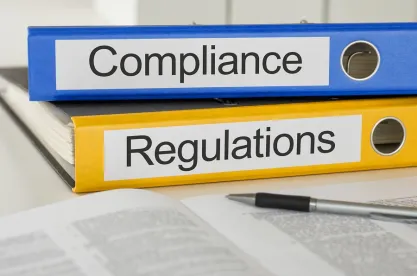Last week, the FAR Council released its Final Rule implementing President Obama’s 2014 Fair Pay and Safe Workplaces Executive Order. At the same time, the U.S. Department of Labor released its Final Guidance on the rule. Contractors need to take action immediately—the Final Rule goes into effect on October 25, 2016.
The proposed rule was issued back in May of 2015 and there has been lots written about it (and more than 10,000 comments and responses submitted). In today’s post, we highlight some of the requirements that may present challenges to contractors. Remember, once the rule takes effect, contractors will be required to report certain details about their labor law violations.
Public Disclosure of Labor Law Violations
Actually, contractors will be required to disclose violations of 14 federal labor laws and executive orders and state equivalents. Those laws range from the Fair Labor Standards Act and the Occupational Safety and Health Act to the Service Contract Act, the Davis Bacon Act and the Family and Medical Leave Act. The E.O.s include E.O. 13658 (Establishing a Minimum Wage for Contractors) and E.O. 1124 (Equal Employment Opportunity). The Final Rule also requires contractors to update their reports every six months. And, all disclosures under the new rule will be public.
Phase-In Periods
That’s probably one of the main takeaways here—the rule will be “phased in” over time. Starting on October 25, 2016, the disclosure requirements will become effective as to prime contracts valued at $50 million or more. By April 25, 2017, those requirements will apply to prime contracts valued at $500,000 or more. Subcontracts are not covered by the rule until October 25, 2017. Initially, the disclosure rules only will look back one year, but that “look back” period will stretch to three years by October 25, 2018.
Paycheck Transparency and Arbitration Restrictions
Starting on January 1, 2017, the “paycheck transparency” provisions take effect. Among other things, starting in 2017, contractors will be required to provide notices to workers about their status as independent contractors and whether they are exempt from overtime pay. Those notices will be particularly problematic for contractors who have not previously focused on proper classification and for all contractors in light of new overtime regulations and DOL’s increased attention to alleged worker misclassifications.
Subcontractor Reporting Directly to DOL
The Final Rule includes one significant change from the proposed rule and requires subcontractors to report directly to the Department of Labor rather than to the prime contractor. The rule also includes a contorted pathway for consideration of subcontractors’ disclosed violations, bouncing from DOL back to the sub and then up to the prime and then to the contracting officer. It remains to be seen how that process will work and if it will work efficiently.
Reporting Does Not Extend to Affiliates
The text of the Final Rule makes it clear that the reporting requirements do not extend to corporate parents, subsidiaries or affiliated companies. Instead, it is limited to the contracting party only.
Perhaps it is a silver lining for prime contractors that they will not be required to report on their subcontractors’ and their own affiliates’ labor law violations. But the new rules contain many new requirements and contractors should get ready now for the implementation to begin on October 25, 2016.





 />i
/>i

